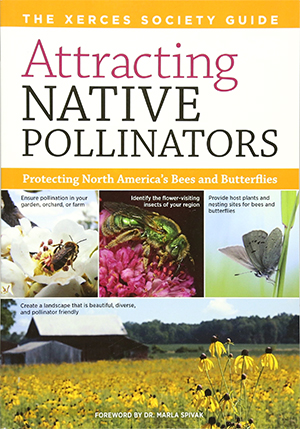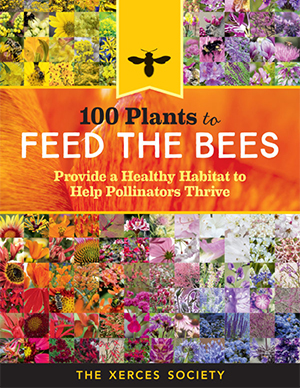


Pollinators perform a valuable ecosystem service and are critical to the success of plants after fires! Some pollinators may be more abundant after fire, following the flush of flowers. Pollinators may be flies, bees, butterflies, wasps, beetles, moths, ants, birds, bats, mice...wind and water don’t count for our challenge though.
This weekend is the start of Pollinator Week and the Fire Followers Project will be celebrating this year with our new pollinator challenge! This time, we will be partnering up with the Xerces Society to bring you an exclusive challenge and reward in addition to our very own!
Challenge Details:
Starting June 19-27, we encourage you all to go out and make as many observations as possible in any of the burn sites. Keep a close eye out for flowers being pollinated along your hike! This week, there will be an opportunity for 3 individuals to win a Fire Followers Pin! Here are the categories:
Most pollinator species observed:
Most observations of pollinators:
Most identifications of pollinators:
Xerces Society
Bumble Bee Watch Project
Like stated before, this year we are partnering with the Xerces Society to bring you more opportunities to be involved in community science efforts and for a chance to win some amazing prizes. In addition to our own challenges done on iNaturalist, we will also be utilizing the California Bumble Bee Atlas, which is one of several Xerces community science projects using the Bumble Bee Watch platform.
The California Bumble Bee Atlas is a community science project of the Xerces Society for Invertebrate Conservation, the California Department of Fish and Wildlife, and other partners. California is home to half of the bumblebee species found in North America, but there has never been a systematic survey of these important pollinators of wild and crop plants. At least 1/4 of the state's native bumble bees are now imperiled, and some have been proposed for state or federal Endangered Species Act listing. Building on the success of the Pacific Northwest Bumble Bee Atlas, over the next three years, project volunteers will collect data on the distribution and diversity of California's bumble bees, creating a baseline dataset to which future conditions can be compared. Because bumble bees can usually be identified by experts from photos, volunteers will submit photos and other data to project coordinators, but will not have to destructively sample the bees themselves. The California Bumble Bee Atlas will give volunteers the opportunity to learn about the ecology and habitat needs of some of the state's native bees, and they will also make real contributions to scientific efforts to monitor and conserve these important insects. You can join the project by registering at https://www.cabumblebeeatlas.org/.
Challenge Details and Prizes
The Xerces Society will be awarding the top 5 contributors of bumble bee observations to the Bumble Bee Watch site. Winners will have Choices from these 3 books! (shown above!)
1)Attracting Native Pollinators https://www.xerces.org/publications/books/attracting-native-pollinators
2)Plants to save the Bees https://xerces.org/publications/books/100-plants-feed-bees
3)100 Plants to save the Monarchs https://gifts.xerces.org/products/100-plants-to-feed-the-monarch
As a reminder, in addition to uploading your observations on iNaturalist, be sure to also submit your observations to the Bumble Bee Watch Platform in order to have an opportunity to win! Be sure to head over and sign up to upload your Bumble Bee observations!
Submitting a Sighting in the Bumble Bee Watch Project is easy!
1)Head over to https://www.bumblebeewatch.org/ and create an account
2)Take a photo (Just like you would do for iNaturalist)
3)Identify your species
4)Sighting will be verified by an expert
Instructions on signing up and uploading your observations are here:
https://www.bumblebeewatch.org/
Please feel free to contact me at jesparza@cnps.org for any questions! I look forward to seeing all of your observations!











